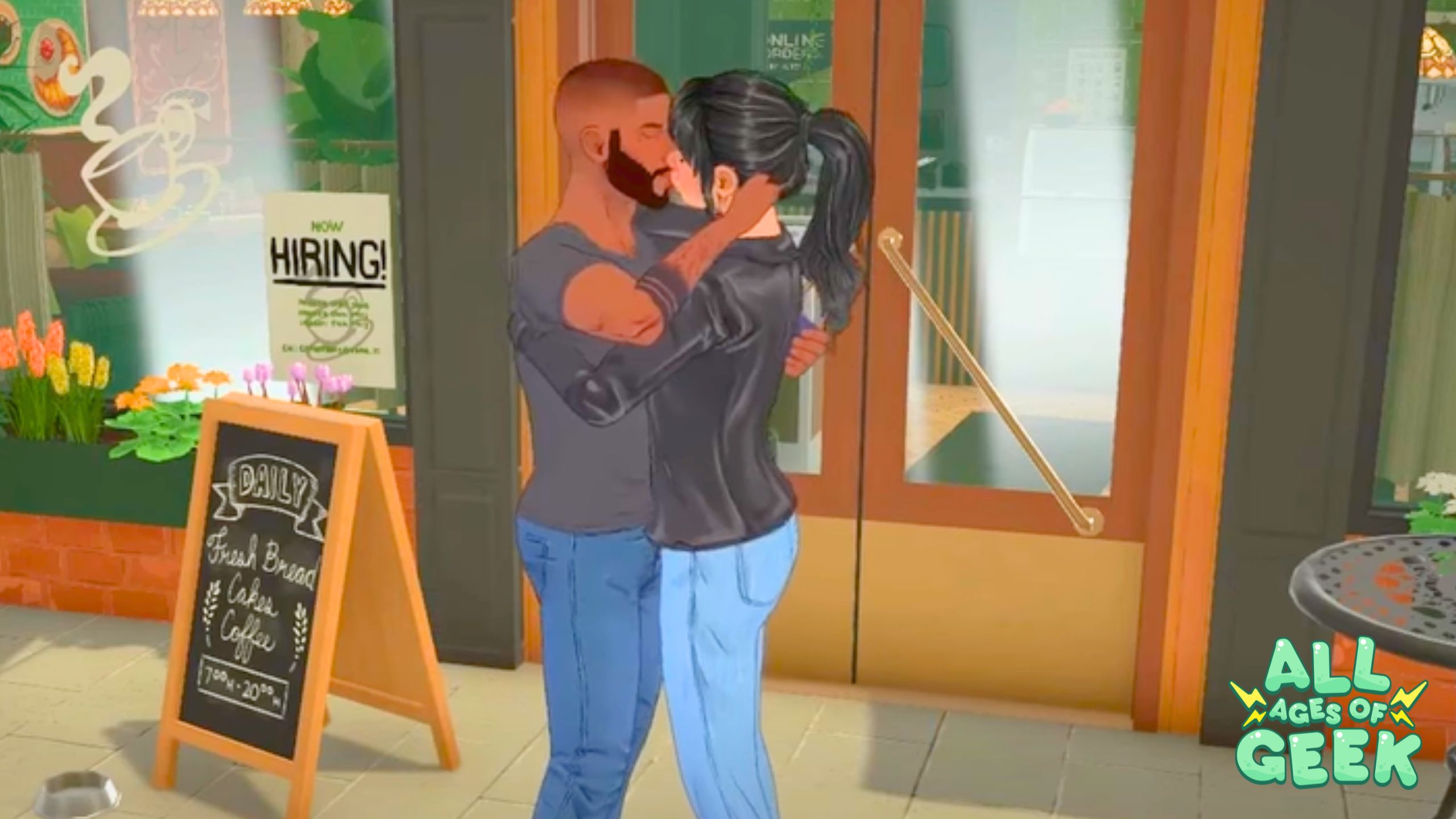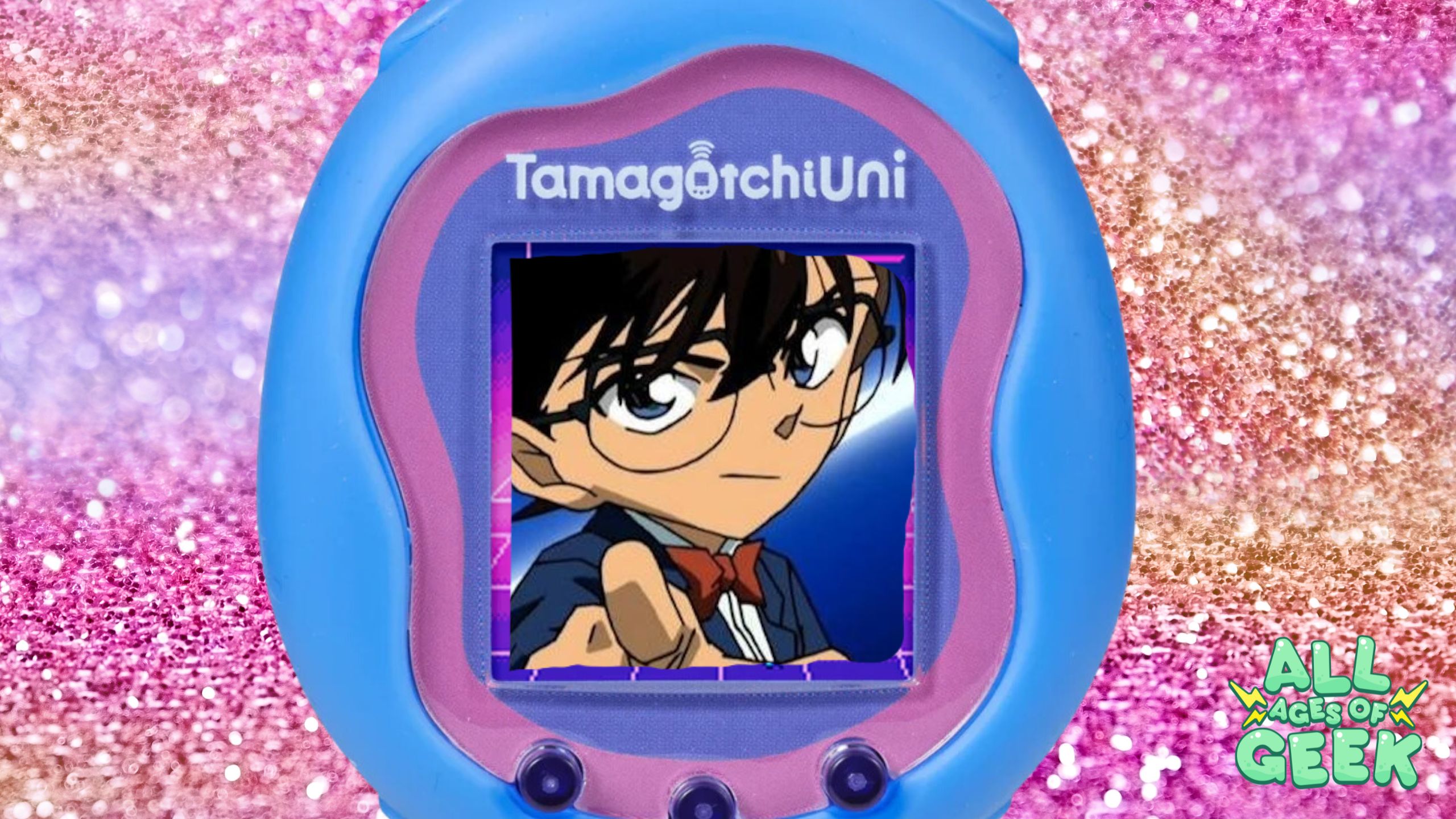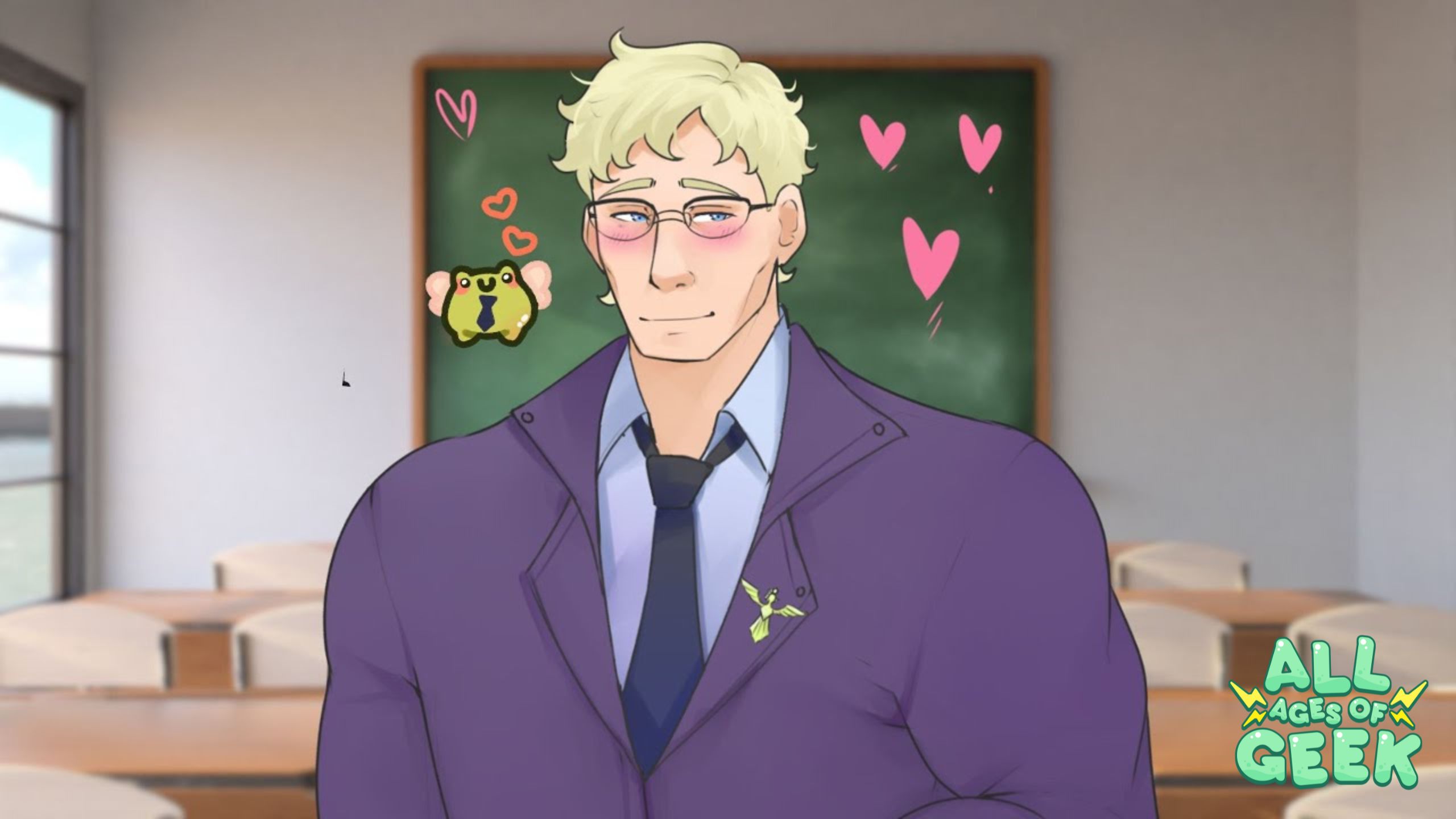Note: This article does contain spoilers for ATLA. I know some people are just starting on their Avatar journey, so don’t read this if you haven’t finished the series yet!
[Image description: Avatar: The Last Airbender. Toph sits on the left with Iroh on the right. Toph has a bag near her feet to the furthest left of the screen and both hold teacups. A small fire with a teapot sits between them, though closer to Iroh.]
Characters. Love them, hate them, love to hate them, some are simple, some are complex, some are in between…
No matter what the medium is, the fact is that they’re the driving force of any piece of media we consume. A masterful writer can make them like full, living people and that’s what draws us to them.
Today, we’re gonna talk about one specific character type: the static character.
Despite what the name might imply, a static character isn’t a boring character with one pronounced personality trait; they are simply characters that are already comfortable in their skin and have no real need to change. They can actually be some of the most lively characters and are really just there to help effect change in other members of the cast.
Perhaps two of the best-known examples of static characters in fandom are Toph and Iroh in Avatar: The Last Airbender. They beautifully illustrate two major static character types.
[Image description: Iroh sitting at a tray, playing mahjong (?) on Zuko’s ship. A tea kettle sits toward the middle right of the frame. He looks content with his hands upturned.]
Iroh is sort of the stereotypical static character. He’s an old man that’s gone through life and is relatively satisfied with his place in it. He’s the wise mentor and has gone through life’s trials. His goal is to pass his knowledge to the next generation and hopefully help the world become a better place through that.
[Image description: Toph in her normal outfit in an earthbending pose]
Toph is another great type of static character. Though young, she’s extremely self-assured and knows her place in the world. She sees no reason to bend over backwards to please others and compromise her own identity. Like the element of earth, she stands strong and is relatively immovable. Once she gets something in her head, it can be difficult to change her mind.
These two really are some of the best examples of static characters I’ve seen in media. They’re some of the most beloved characters in an already fantastic series for their personality. They show how to properly do the dynamic of a static supporting character. Protagonists can be relatively static character and undergo the Flat Character Arc, but that’s not going to be addressed here.
The point of a static supporting character is to effect change in the protagonist and any other members of the cast. These dynamics can go any which way which makes them very interesting characters to use in writing.
(Also I will admit I haven’t watched the series all the way through in a few years, so my memories are a little vague.)
Iroh’s most pronounced impact is on Zuko’s arc. He’s there with his nephew from the first scene we see of them together.
[Image description: Aboard Zuko’s ship. Zuko in the foreground, about one third of the way left of the screen. He faces the watch tower on his ship which lets off a plume of smoke. Iroh sits very distinctly in the background behind Zuko.]
Though the series, we see Iroh guide him through various trials and tribulations. From the Blue Spirit incident to Zuko’s betrayal to gain the glory of killing the Avatar, Iroh never once wavers in his conviction of his nephew’s ability to become a good person.
Iroh is always there for Zuko although he may not always support his decisions. He’s not afraid to chide his nephew for making stupid, rash decisions. However, Zuko usually refuses to listen, but Iroh never gives up. Eventually, though, Zuko does listen. Of his own volition, he betrays his father in order to do the right thing.
[Image description: Very zoomed out shot in a cave. Ozai sits on the left of the screen on the ground. Zuko stands on the right side, brandishing his swords and with a lantern hanging over his head.]
Toph’s main duty was to act as Aang’s earthbending teacher and get him to stand his ground. She basically has to do it through brute force but she does manage to eventually teach him to earthbend and stick by his convictions.
[Image description: Toph covered in rocks stands in the middle of the screen. Aang pushes back from the right.]
This is the power of static characters. They are often a wrecking ball to the way a main protagonist thinks on any level: small, medium, or large. Though their personalities remain the same, they can kick off some seriously complex character arcs. I know there are many people in the ATLA fandom that find Zuko’s arc a lot more engaging than the main story. I can see why; his interactions with Iroh are some of the best fiction has to offer.
They really are the foundations on which many Positive Change Arcs happen. The Positive Change Arc is just a fancy name for the sort of typical arc we see in fiction: somebody going from a bad or perhaps okay to an absolute paragon, a hero to look up to, a role model that others can draw inspiration from. It is through remaining themselves that they force others to change. Their worldview is generally pretty set which challenges somebody that is in a period of serious personal upheaval.
That doesn’t mean static characters themselves cannot change. Toph does go through her own minor, subtle character arcs. Perhaps the most noticeable change in her is she does slowly become friendlier and more social. She is never the epitome of social graces, but she changes enough to be able to work with the team. Her core personality doesn’t change though; her perceptions of her place in the world shift just enough that she becomes more empathetic and able to understand others better.
Iroh is the example of the static character that really does not change really at all. He is an old man with his own philosophies. Through his experiences, he has learned that kindness and acceptance are usually the best solutions. Listening to others to better understand them is always the best remedy to him. He is calm and centered, almost the pinnacle of the best of humanity in the ATLA universe.
Next time you’re reading a story or watching show, try to keep a look out and see if you can spot any static characters. They might seem boring at first, but they might just end up being one of the best the narrative has to offer.









